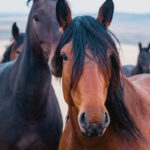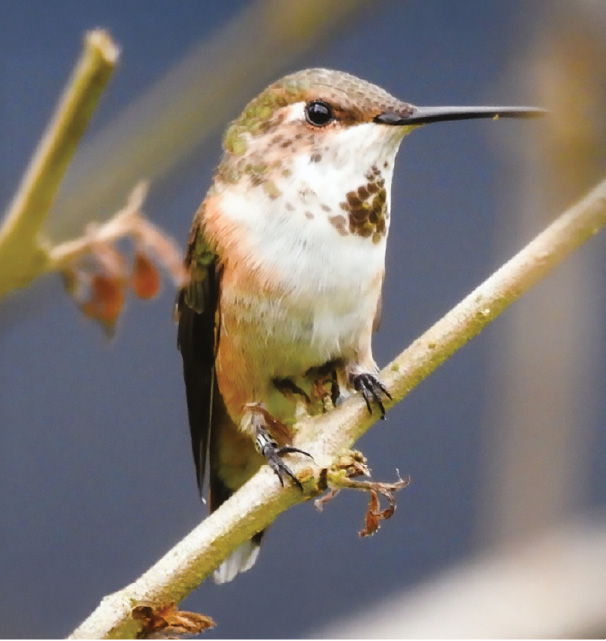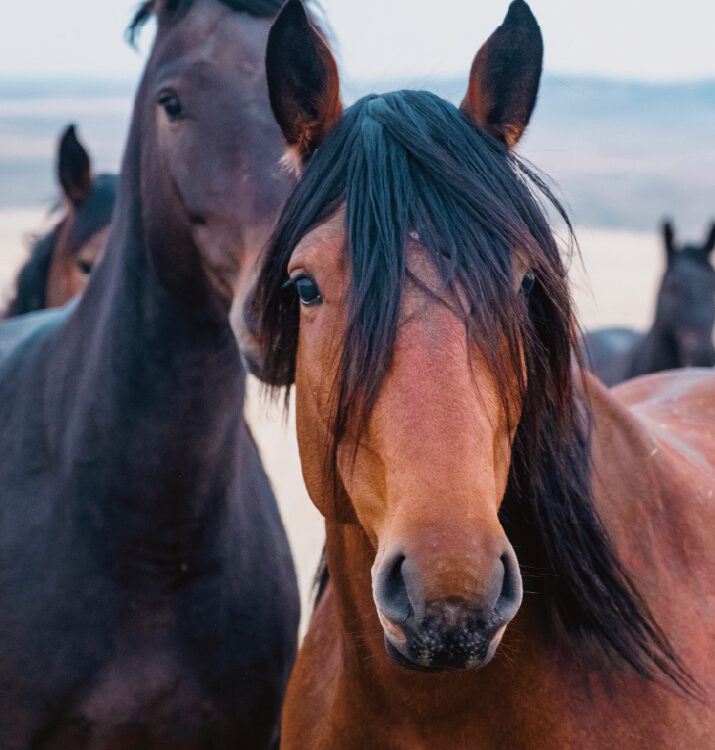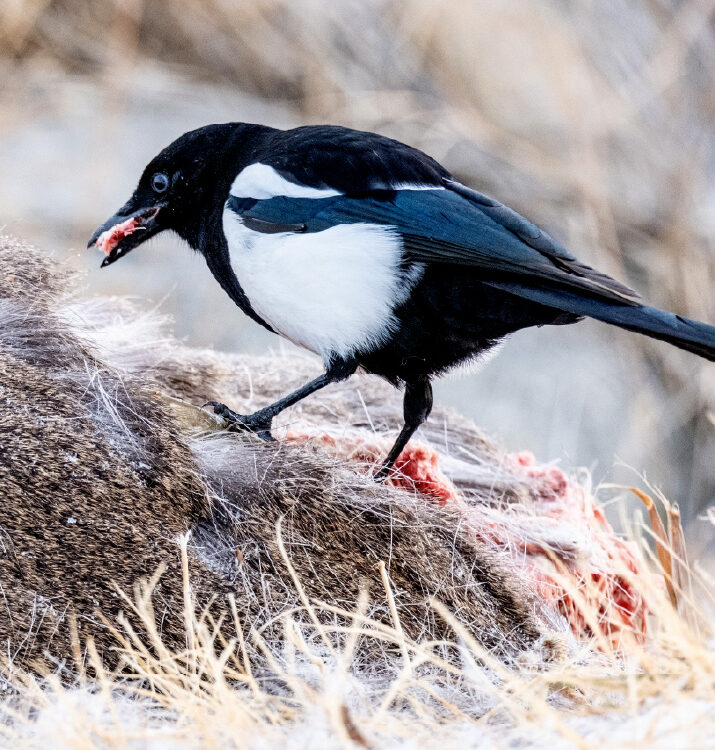
The Rough(Stock) Life
May 1, 2025As we turn our attention towards springtime, hummingbirds around the western half of the continent are pointing their tiny spear-like beaks in our direction.
We host at least seven species of hummingbirds, plus their hybrids, over the summer. Most are migratory, two of which are common resident breeders. Anyone who enjoys watching hummingbirds will tell you that these little birds are something special. From birdwatching to research, the human-hummingbird experience is unique.
For many of us, attracting hummingbirds to our gardens and homes feels like a gift. Brenda Winters, whose birthday coincides with the arrival of the first hummingbirds in Story around early May, says that welcoming them feels like part of her own celebration. “All my life I have loved to be outdoors and around wildlife. I can’t imagine my life without [hummingbirds]. That’s why I plant my flowers, to bring all that life into my garden,” she says.
Multiple human societies have long relationship histories with hummingbirds. Throughout the Americas, hummingbirds are featured in art, artefacts, and legends. They were, and remain, admired for their beauty, and represent attributes like bravery, authenticity, and strength of will in several cultures. It is easy to see why — hummingbirds boast an impressive list of superlatives in the avian world. They are exceptionally small, colorful and iridescent, very fast, uniquely able to hover and fly in any direction (including sideways and upside-down), and will face down much larger birds to defend nests or territories. They are some of the only birds to undergo torpor — a shortened version of hibernation — which inspired the Aztecs to consider them resurrected warriors who die and come alive again with the seasons.
COVER PHOTO: Young male ruby-throated hummingbird | PHOTO: Rod Adams
“Sassy little guy having more fun than we are and just outsmarting us.”
Thanks to more contemporary research, we also know that hummingbirds have pretty impressive brainpower. They can remember where specific flowers are located and when they last visited them, as well as how long to wait for a flower to “refill” its nectar — this ability to remember past events and experiences is called episodic memory. These birds migrate up to thousands of miles and can remember migration routes and feeding sources along the entire way. Additionally, the mental logistics of hovering in flight or moving in any direction are possible due to a specialized and enlarged brain region. Overall, the hummingbird has the largest brain-to-body weight ratio of any bird, with their brain — about the size of a grain of rice — constituting 4.2% of their body weight (for comparison, humans come in at 2%).
These tiny hovering geniuses have a robust human fanbase in our corner of the West. Since they frequent and return to “good” habitats each year, part of the fun of hosting hummingbirds is catering to their preferences. Rod Adams, a Sheridan native whose passion is wildlife photography and who has helped to build a rich collection of wildlife archives in the Sheridan Library Wyoming Room, has spent years maintaining a large pollinator garden containing myriad hummingbird-friendly flower types, a rich insect population (the other half of a balanced hummingbird diet), and supplementary sugar water feeders. At least five of the seven species of hummingbirds known to this area have been confirmed visitors to his garden.

A laser printed hummingbird leg band has one letter and 5 numbers unique to that bird only. They weigh 1/5000 oz.

Super lightweight aluminum alloy bands are issued in bulk sheets by the U.S. Geological Survey (USGS) bird banding lab. The Batchelders cut and prepare them each winter for the next season.
My own relationship to hummingbirds might have remained just as it was — basically, running a 24/7 hummingbird juice bar (and happy to do it) — if one of them had not passed away on my feeder in 2022. She was a beautiful female Broad-tailed hummingbird, and she had a tiny aluminum band with an alphanumeric ID on one leg: M50337. This bird had a story.




